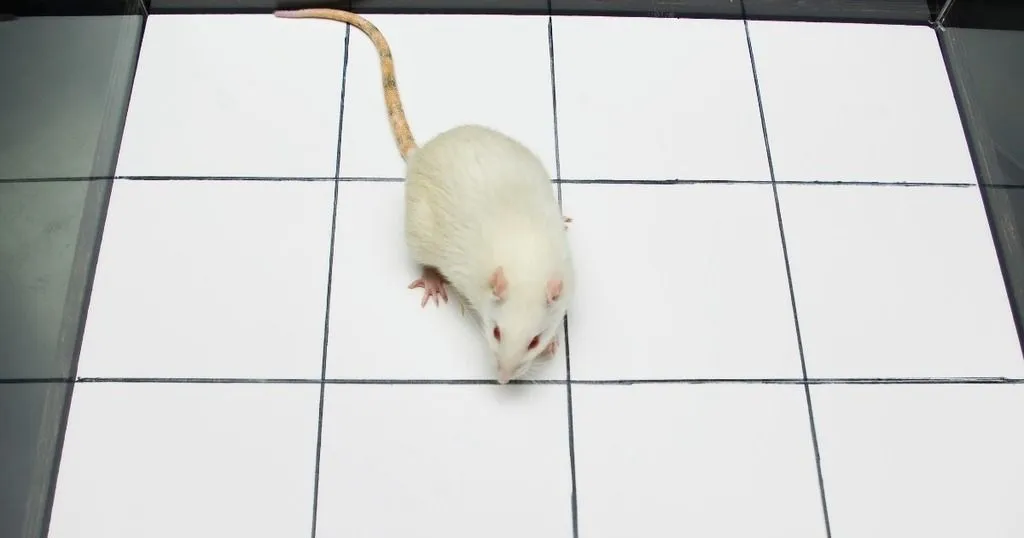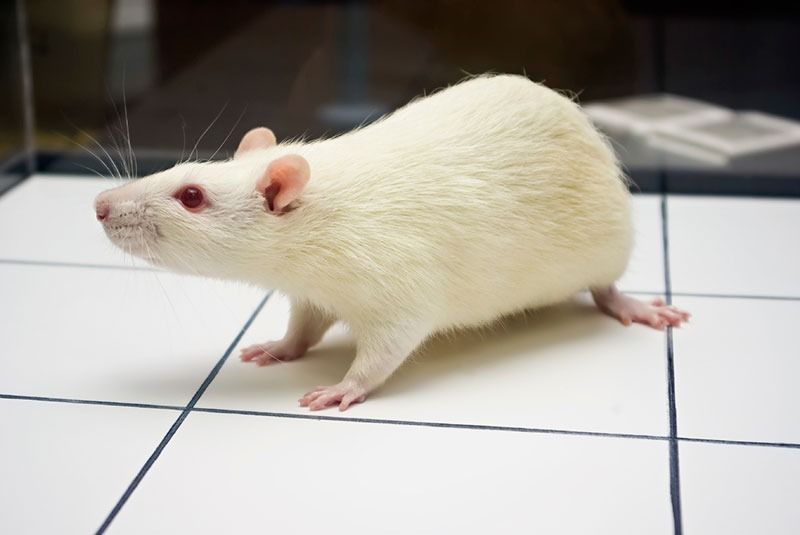Exercise vs anabolic steroids: a rat study
A recent study shows that the use of anabolic steroids diminishes the positive effects of exercise in rats.
Posted by
Published on
Thu 01 Feb. 2018
Topics
| Elevated Plus Maze | EthoVision XT | Open Field | Video Tracking |

Anabolic steroids. The first thing that pops into your head when reading this term is probably a bodybuilder or powerlifter (or a lot of muscle, in any case). Anabolic androgenic steroids or AASs, are basically synthetic testosterone. While it might mostly be known for its use / abuse by athletes and bodybuilders, it is also prescribed by health care providers to treat muscle loss in diseases or hormonal issues.
AASs abuse and behavior
Abuse of AASs has become a public health concern because it increases the prevalence of behavioral disorders such as unprovoked aggression. Abuse in the long term can cause high levels of anxiety and mood-swings.
Interestingly, while exercise has general beneficial effects on physical performance, abuse of AASs has the opposite effect, which begs the question: what is the actual effect of the combination of these two?
Exercise and anxiety
Certain exercise protocols are proven to have anxiolytic and antidepressant effects, though animal studies show certain high-intensity protocols can also induce anxiogenic effects.
The main reason athletes use AASs is to improve their performance in sports. However, the generally positive effects of sports might be abolished by the use of these steroids. Selakovic and colleagues from the University of Kragujevac and the University of Belgrade (Serbia) investigated this with rat models.

Chronic ND administration
This study focusses on the use of nandrolone decanoate (ND), one of the most common AASs. The effect of chronic ND on behavior was compared to the effect of exercise, as well as the combination of both treatments. The exercise applied in this case was chronic swim training.
Open field testing
To study anxiety behavior, well-validated open field and elevated plus maze testing was used. Both tests used EthoVision XT video tracking technology.
The open field showed that ND treatment was anxiogenic, while chronic exercise seems to work anxiolytically. However, this was only the case when compared to the ND treatment, not when compared to the control group. In fact, the combined treatment of ND and exercise abolished the beneficial effects of exercise and even brought them down below the level of the control group.
Elevated plus maze testing
Results of the elevated plus maze test were similar; chronic exercise works anxiolytically, while ND had the opposite effect. Again, the combined treatment results showed that ND administration abolished the positive effects of exercise.
Video tracking parameters
Open field and elevated plus maze testing was conducted using EthoVision XT video tracking. Parameters for the open field were total distance moved, velocity, percentage of time moving, cumulative duration in the center zone, and frequency in the center zone.
The elevated plus maze parameters included cumulative duration in open arms, frequency in open arms, total distance moved, velocity, and percentage of time moving. In addition, rearing and head-dipping behavior were counted.
Immunohistochemistry of exercise and ND abuse
In addition to behavioral testing, researchers also measured the number of PV immunoreactive neurons in the hippocampus. The hippocampus is important in mood regulation, and alterations in PV content have been implicated in exercise-induced behavioral changes. In line with the behavioral results, exercise increased the number of PV immunoreactive neurons, while ND administration decreased it. The combination of both treatments still resulted in a decrease, again showing the dominant effect of AASs use on hippocampal plasticity.
Opposite and abolishing effects
This study, like many others, shows the beneficial effects of exercise, or at least this specific protocol of chronic swimming in rats. This effect is opposite to the effects of AASs (ND) administration, and even abolished by it when combined.
References
Selakovic, D.; Joksimovic, J.; Zaletel, I.; Puskas, N.; Matovic, M.; Rosic, G. (2017). The opposite effects of nandrolone decanoate and exercise on anxiety levels in rats may involve alterations in hippocampal parvalbumin-positive interneurons.PLoS ONE, 12(12), e0189595.
Related Posts

Normalization of blood sugar reduces enhanced rewarding effect of smoking

Bed bug behavior - What smell can tell

